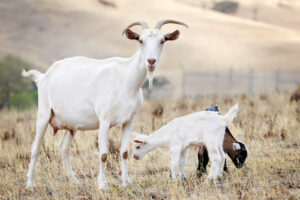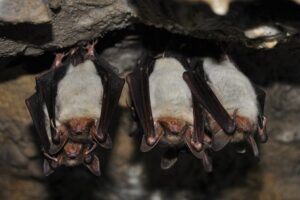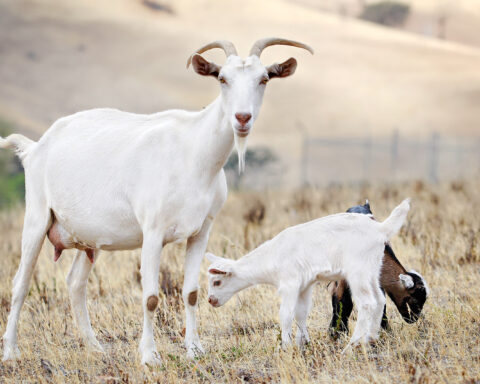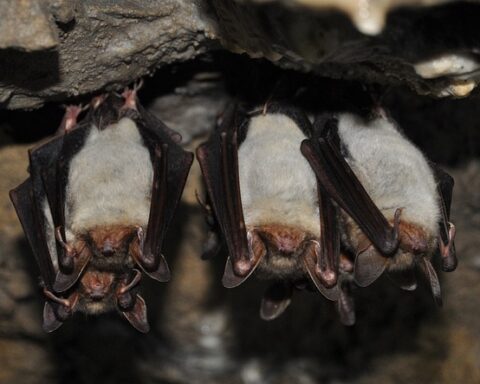Mice are known to invade homes and cause problems for the homeowners. They are always in search of food and shelter, thus bringing them close to our homes where there are plenty of food sources. What’s more frustrating is that as they eat more food, they tend to multiply rapidly. Therefore, they can turn into nuisance if mice infestation gets out of control. Since they mostly live inside the attic, garage or walls of our homes, most people often wonder if mice can climb up walls, beds, stairs or ceilings.
Can Mice Climb Walls?
Here’s the bad news:
Not only can mice climb stairs and walls, but they are considered to be one of the best climbers. They are cute but curious little bandits that do not shy away from climbing stairs, walls, beds or even ceilings and thus making themselves even more troublesome.
They can be extremely dangerous to human health as they can contaminate food and carry diseases like Leptospirosis and LCMV. It means the next time you see mice in bedroom at night, beware because they can climb beds fairly well.
That being said, even though they can climb up to the beds, it is very rare that they climb your beds while you are still sleeping. Besides, beds have different heights from the floor and are made up in different ways.
Learn more: Are Mice Nocturnal?
If your bed is not high enough and very low to the ground, it may be easy for a mouse to climb it. However, if it is at a safe height from the floor, mice do not find it very easy to go up to the bed.
Likewise, the surface of your bed frame and bed posts also matter. If your bed posts are plane and glossy, these are not ideal surfaces for mice to climb.
As far as stairs are concerned, well, mice can very well climb all kinds of stairs. There is no way you can build stairs that may be slippery for mice only (and not for you). They can easily climb up the hand railing of the stairs as well as the edges whether it is made out of wood or concrete.
Learn more: Are Mice Dangerous?

How Can Mice Climb Walls?
Mice have this fantastic ability to climb almost anything. But the roughness of the surface makes it a lot easier for them to go upward. As for walls, they have normally uneven and rough surface which means mice can easily cling onto them by means of their small claws and also by stretching their own bodies.
There are tiny cracks or holes within the concrete brick walls and mice can hold on to them if these openings are slightly bigger. All that matters is the ability of these cute creatures to have strong grip on something. Where the holes are big enough such that mice can grip tightly with their claws, the rest of the upward journey is absolute breeze for them.
Learn more: Are Mice Blind?
Some of the surfaces that are very good for mice to climb vertically are shingles, siding, stucco, vinly, aluminum, redwood, rough metal surfaces, drywalls, shrubs and wooden furniture.
Since painted smooth walls do not have lot of gripping opportunities, they are more difficult to climb as compared to concrete walls.
Moreover, mice are agile, small and light-weight rodents. Thus, they can scurry over a lot of materials including electrical wires, ropes and pipes. With the help of its tiny paws and long tail, a mouse can crawl over wires that may be hanging alongside the walls.
The paws of a mouse allow it to hold onto it while the tail keeps the animal in balance and prevents it from going down. They can also crawl through cables, fences, pipes, poles and conduits upside down or climb up to any vertical but rough surface.
It is commonly observed that mice usually move around from inside the walls. This is probably because there are many supporting wires and cords within these walls that act as highways for mice. Since they can easily squeeze into the tiny holes that may be as small as pencil eraser, you need to spot them right away and figure out ways in getting rid of them.
If immediate action is not taken, it would be very difficult to deal with the infestation of mice because they reproduce very quickly and build colonies.
Can Mice Jump?
Mice are not only very good climbers but they have an excellent ability to jump as well. They can jump high into the air and can push itself as high as 12 to 18 inches (30 to 46 cm) above the ground. It is not a small jump by any means but what’s more amazing is that mice are physically so strong that they can leap as high as 20 times their own height.










